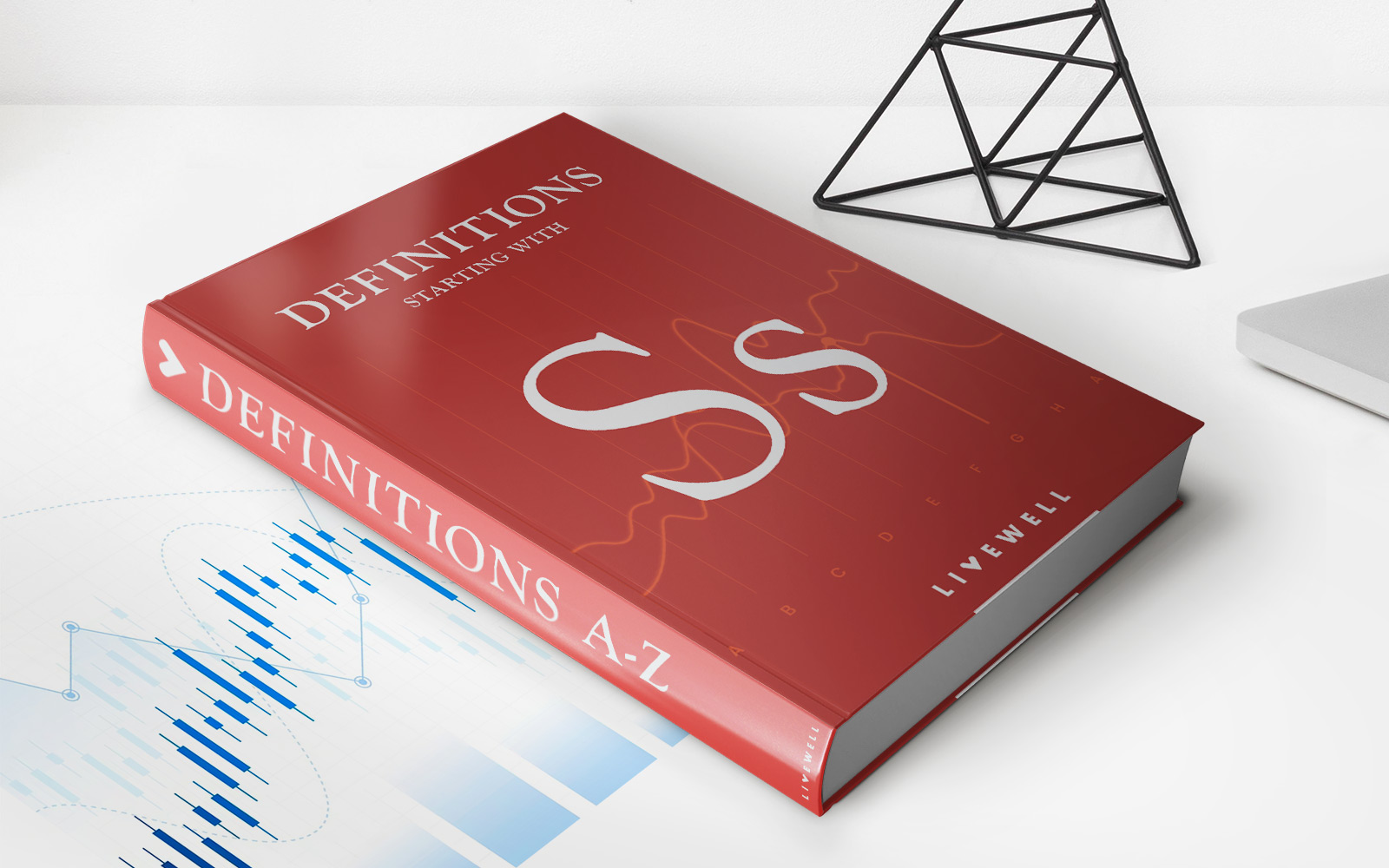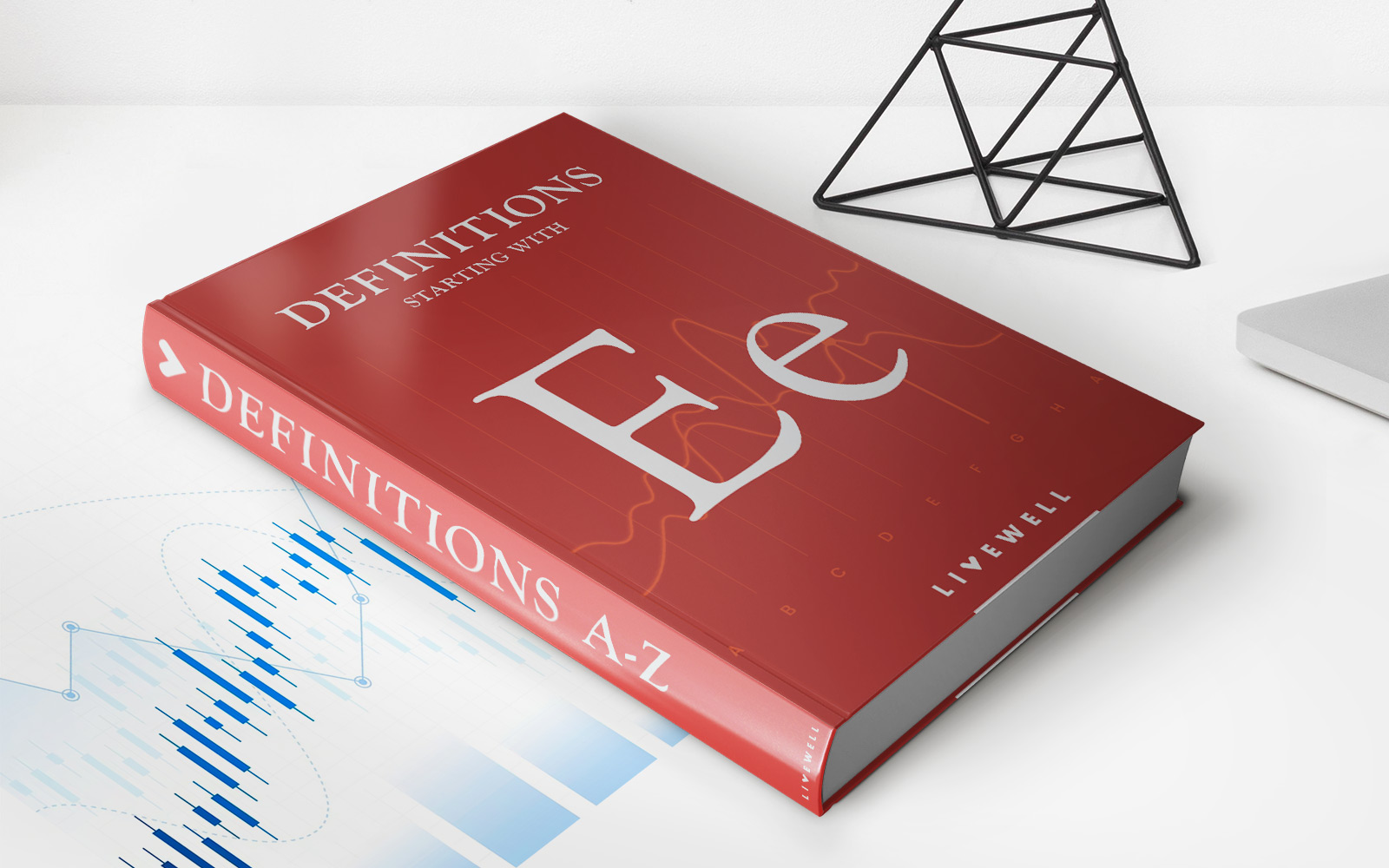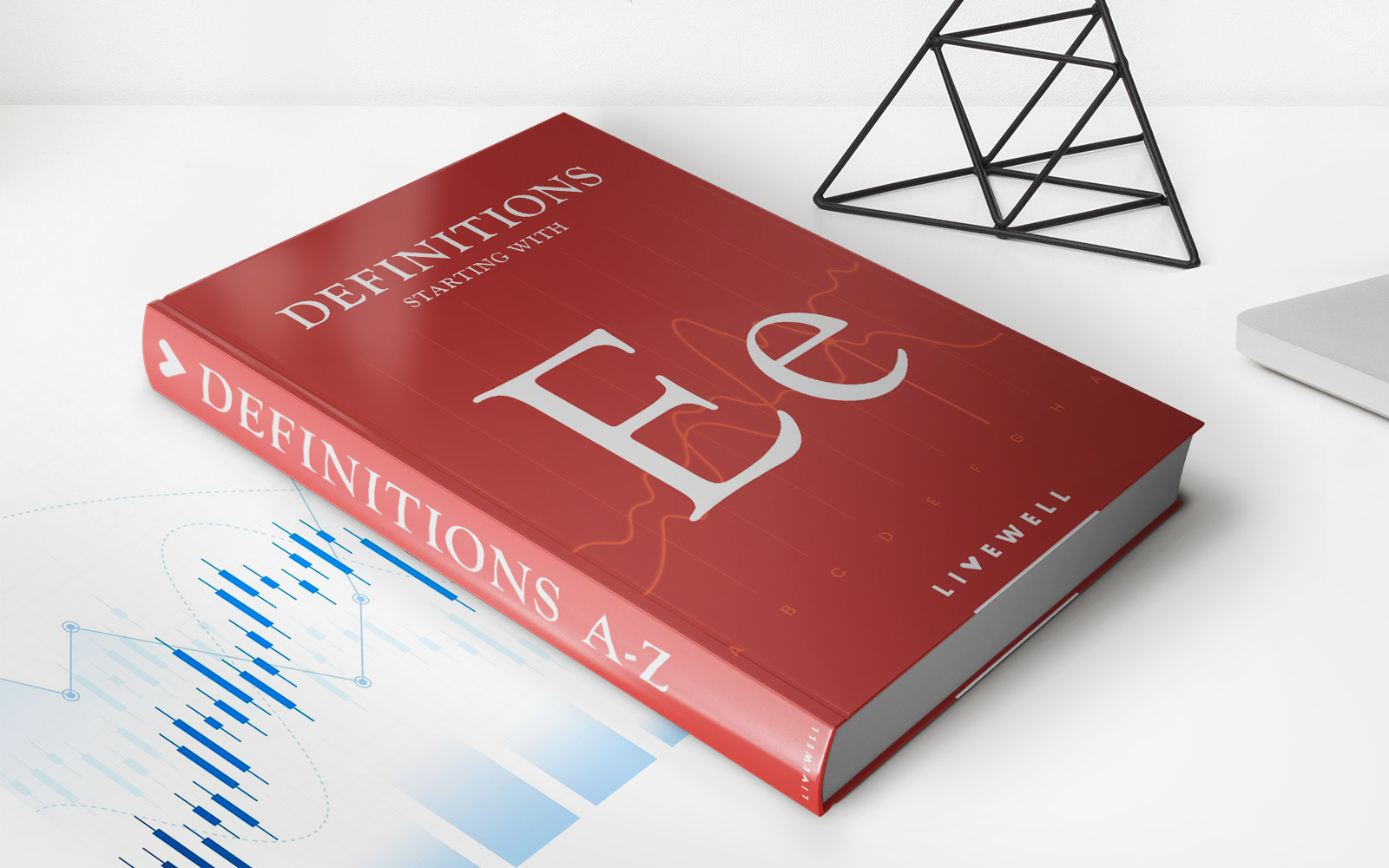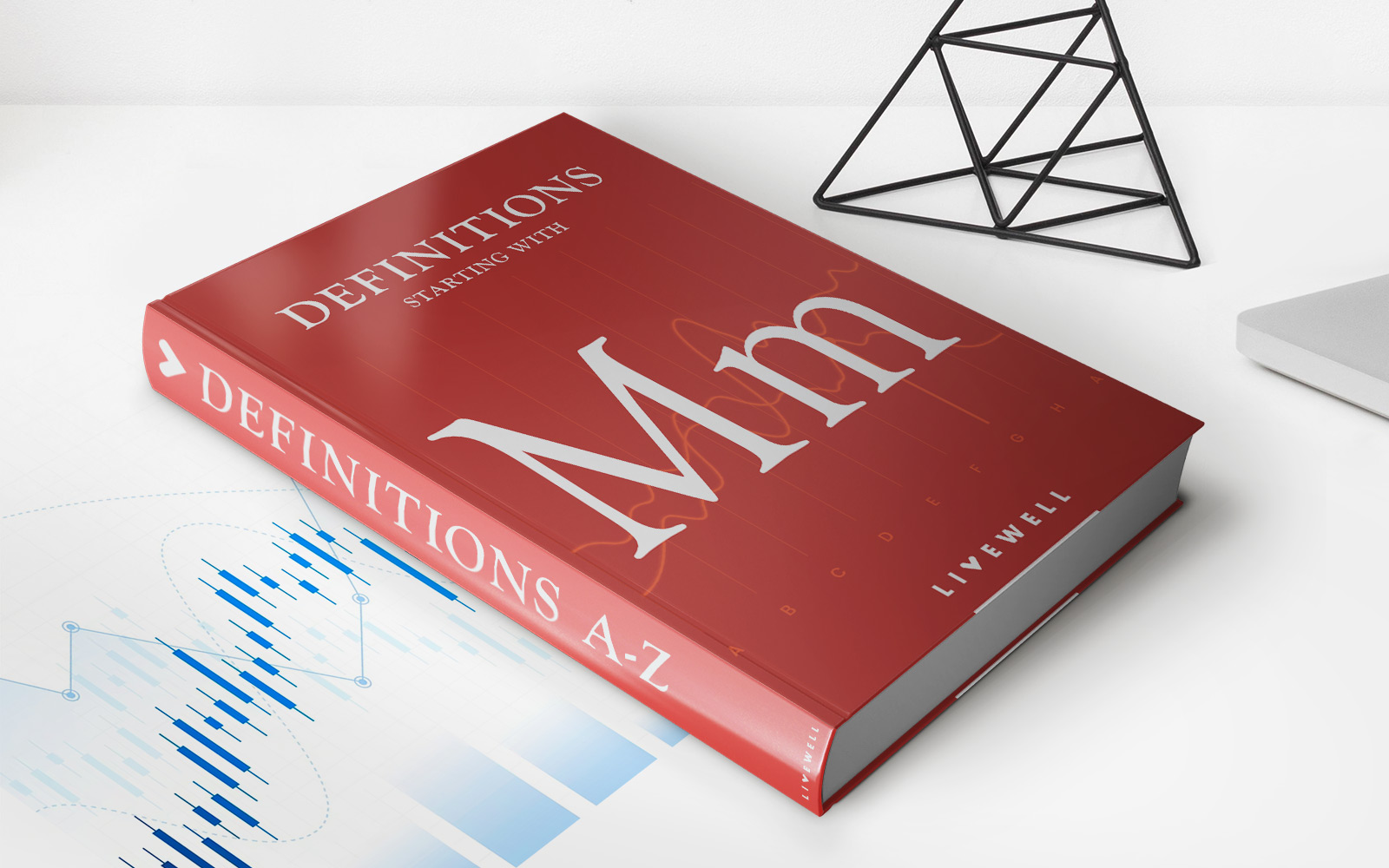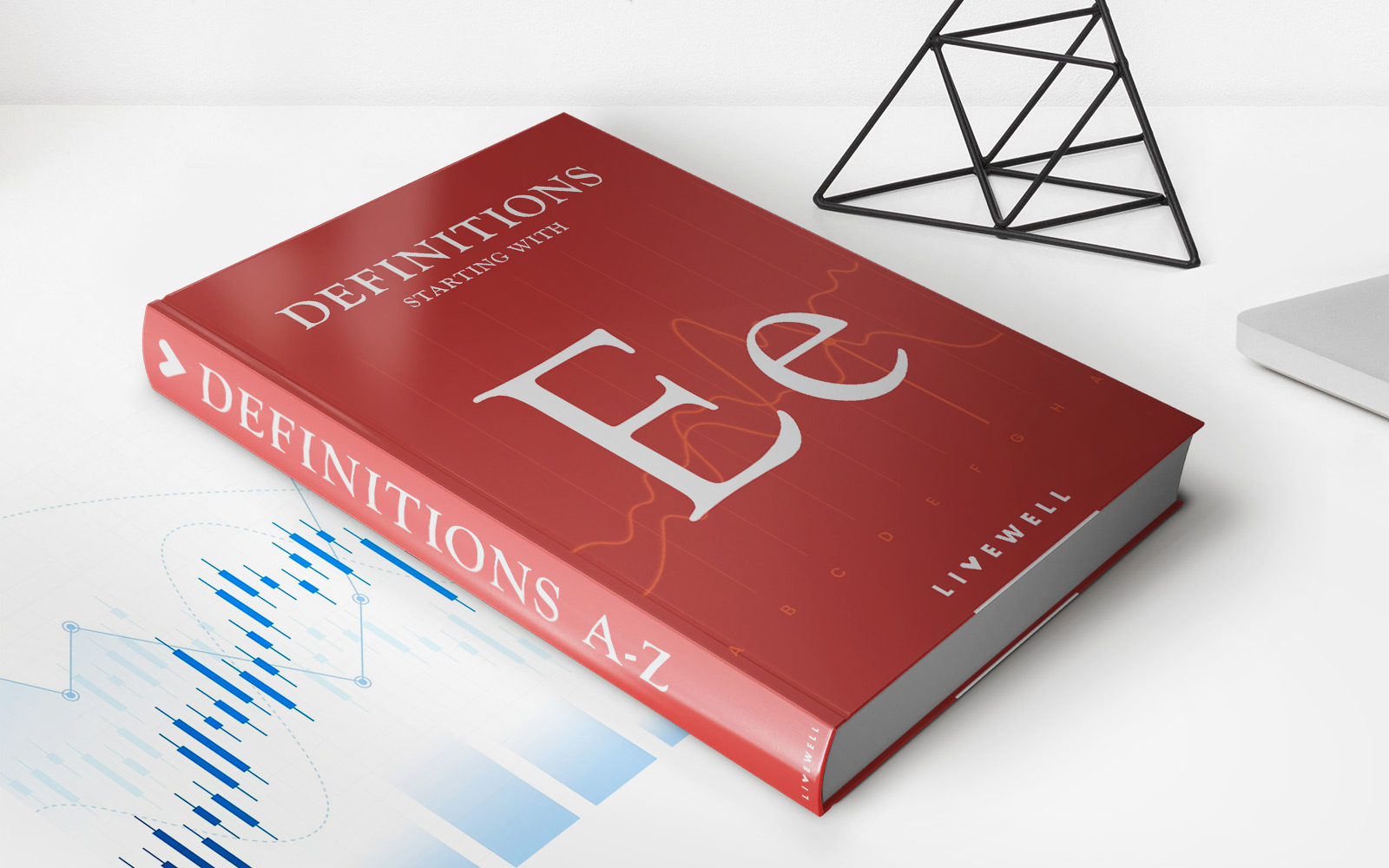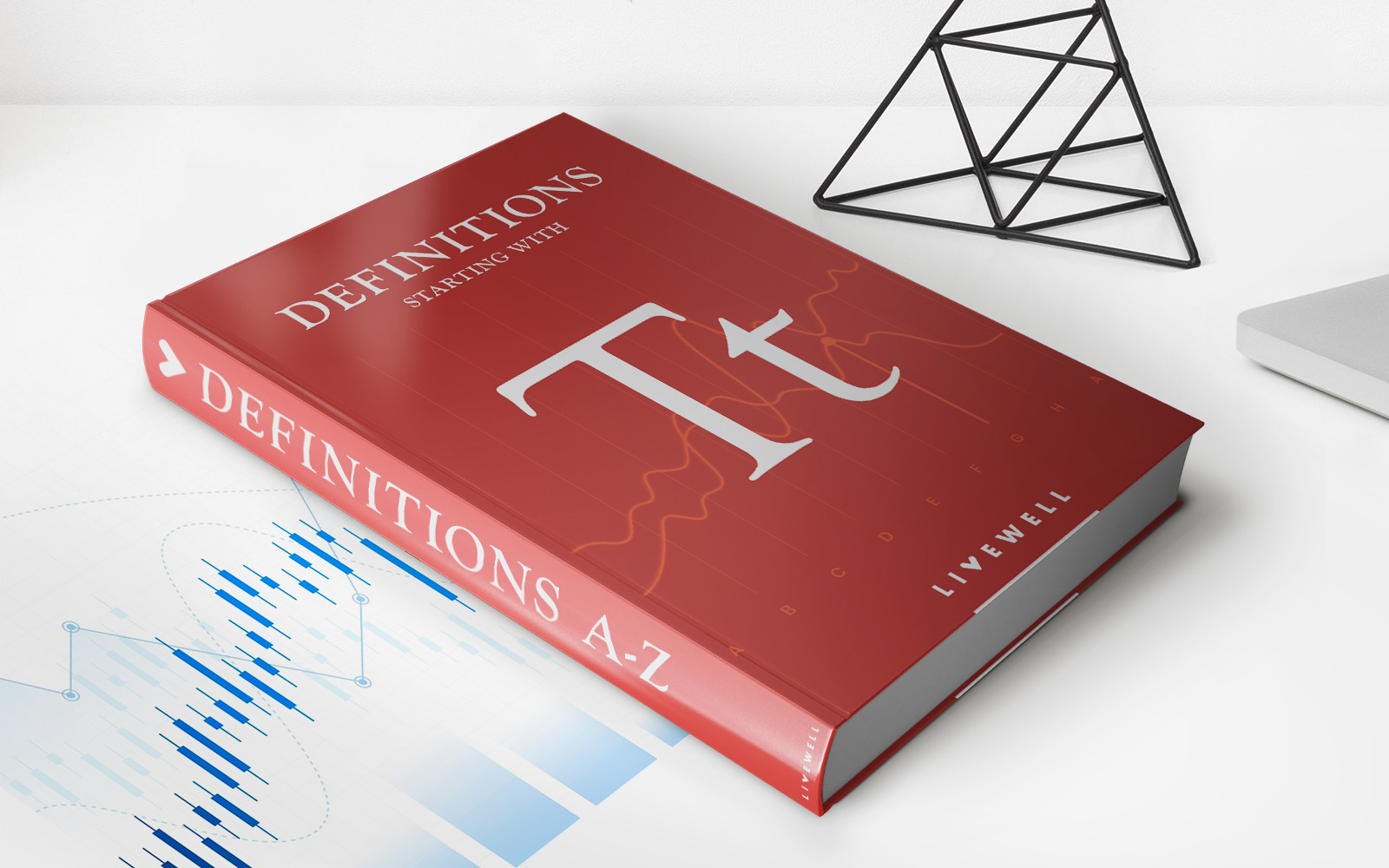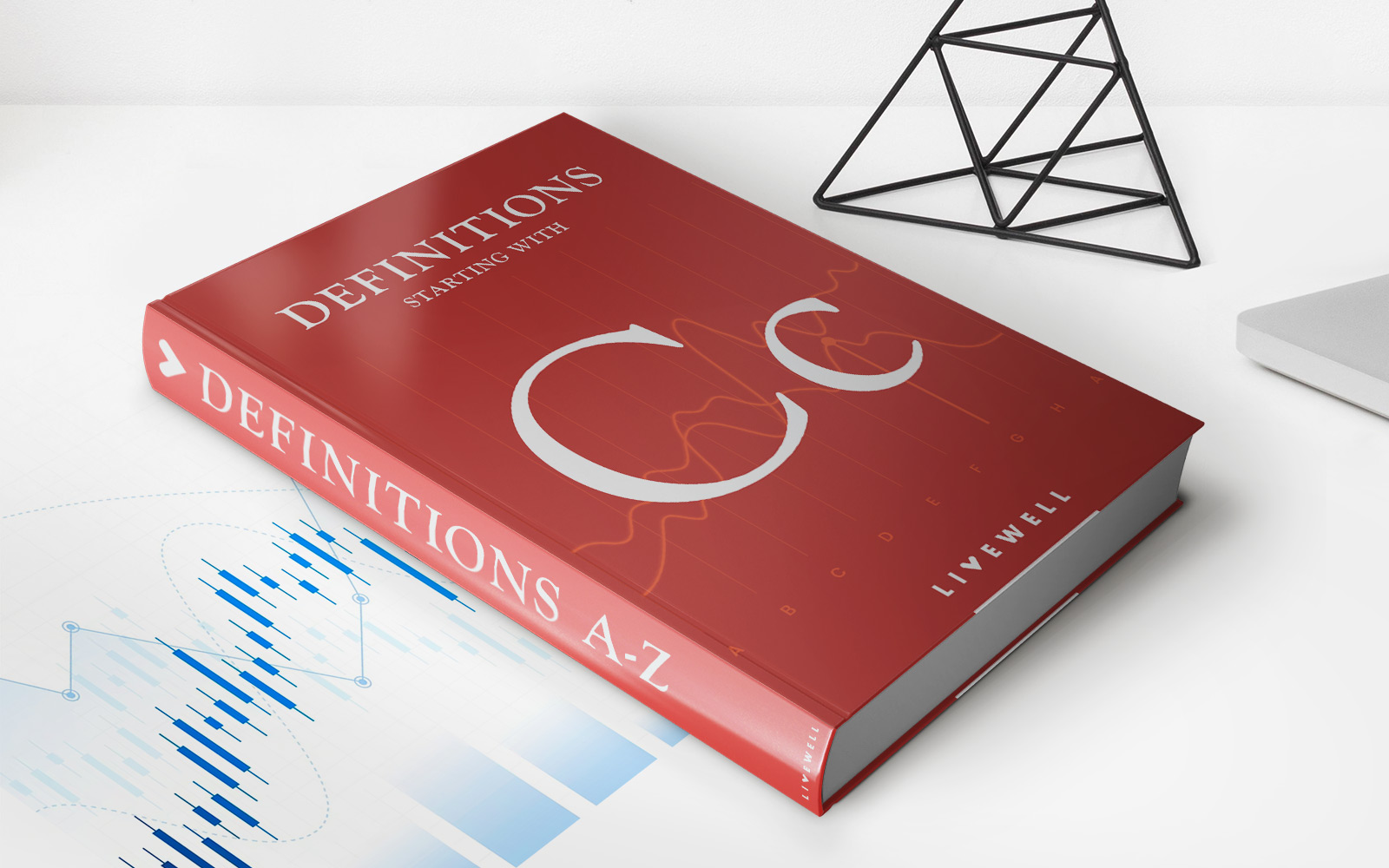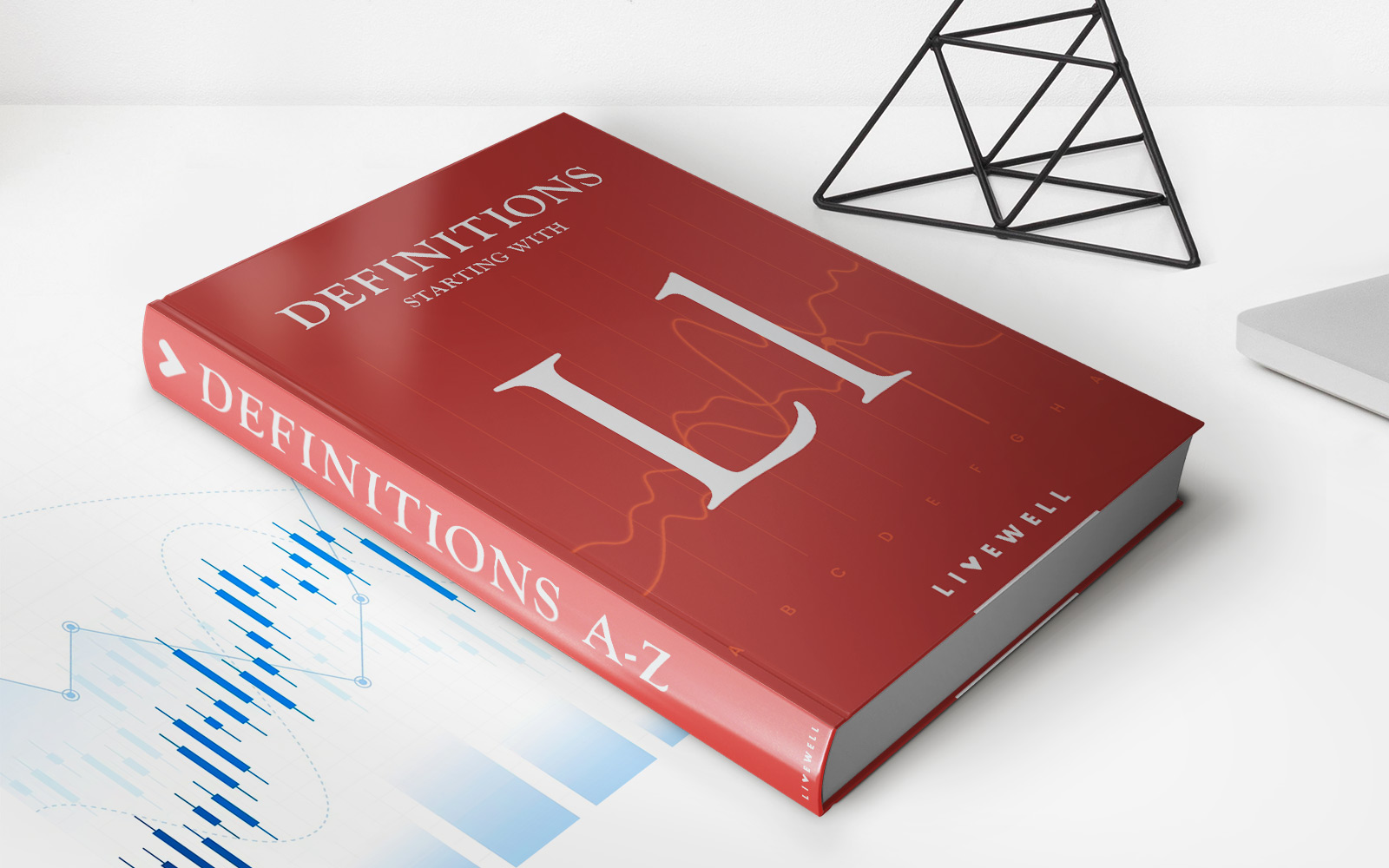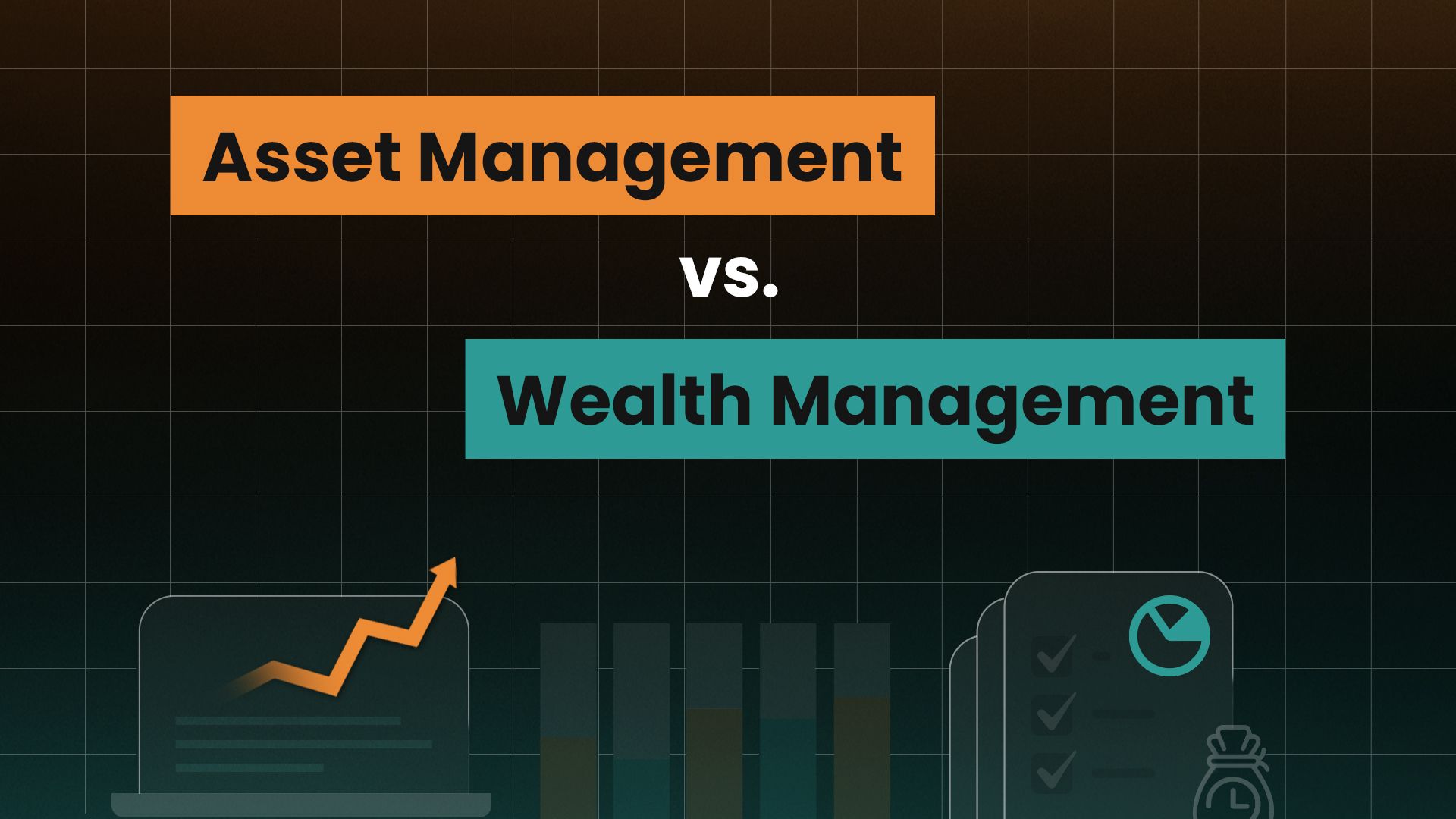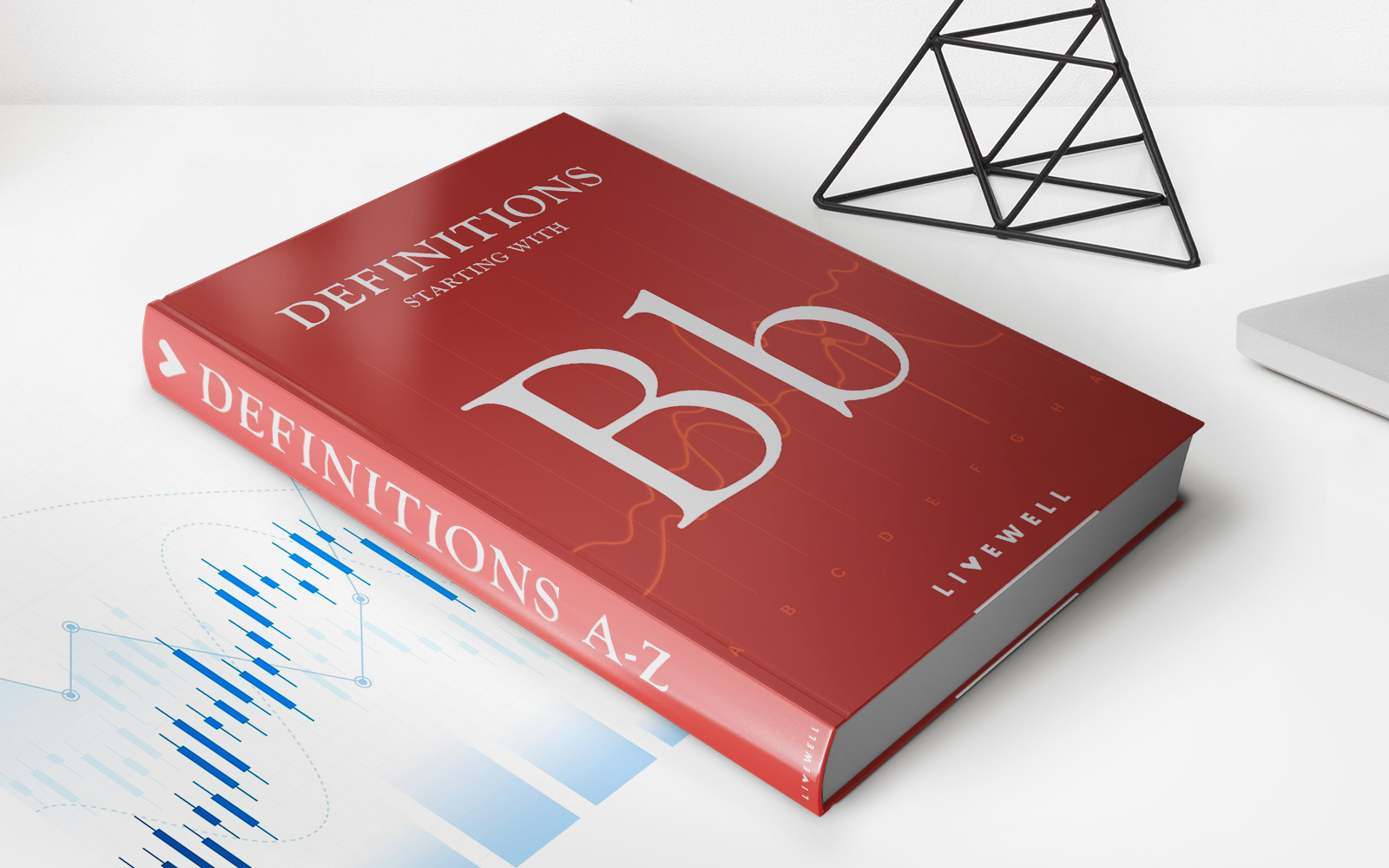Home>Finance>Economic Forecasting: Definition, Use Of Indicators, And Example
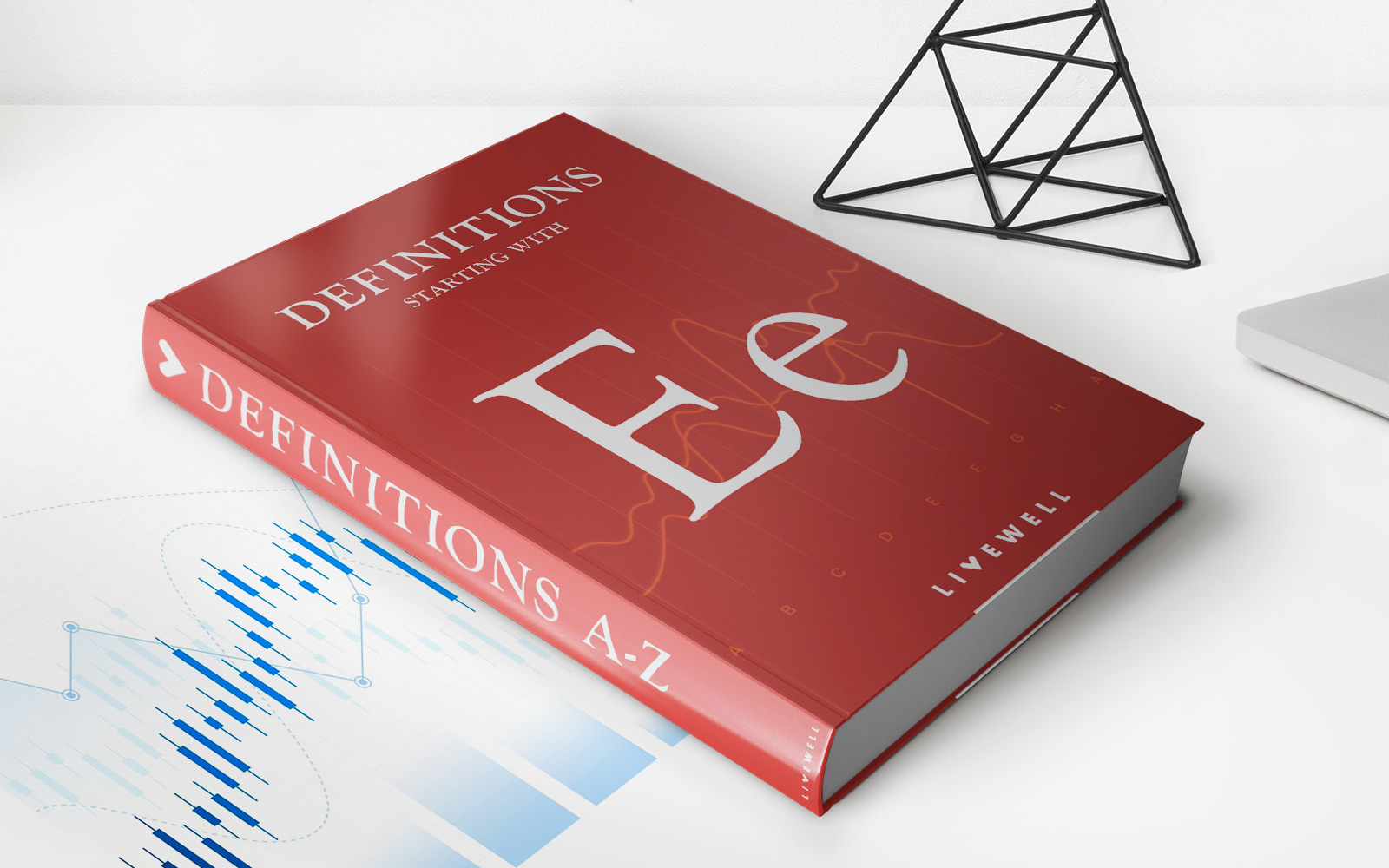

Finance
Economic Forecasting: Definition, Use Of Indicators, And Example
Published: November 16, 2023
Discover the definition and importance of economic forecasting in finance, along with the use of indicators and an illustrative example.
(Many of the links in this article redirect to a specific reviewed product. Your purchase of these products through affiliate links helps to generate commission for LiveWell, at no extra cost. Learn more)
Financial Forecasting: Understanding Economic Indicators and How to Use Them
When it comes to managing your finances, staying informed about the future of the economy is crucial. Economic forecasting provides insights into potential trends, allowing businesses and individuals to make informed decisions. In this blog post, we will dive into the definition of economic forecasting, explore key indicators used in the process, and provide a real-life example to help you understand its practical application.
Key Takeaways:
- Economic forecasting is the practice of using historical data and statistical models to predict future economic trends.
- Indicators such as GDP growth, inflation rates, and employment figures are commonly used in economic forecasting to assess the health of the economy and forecast its trajectory.
What is Economic Forecasting?
Economic forecasting is a methodology used to predict the future state of an economy by analyzing past and present data. It involves examining various economic indicators to identify patterns and trends that can help predict how the economy may perform in the coming months or years.
Using statistical models and sophisticated algorithms, economists and financial experts gather and analyze data from sources such as government reports, market trends, and consumer behavior. By understanding the historical relationships between these indicators and economic outcomes, they can make educated predictions about future economic growth, inflation rates, interest rates, and more.
Indicators Used in Economic Forecasting
To assess the health and potential of an economy, economists rely on a range of indicators. These indicators provide vital information about different aspects of the economy, helping experts identify trends and patterns that can contribute to accurate predictions. Here are some commonly used indicators:
- Gross Domestic Product (GDP): GDP is one of the most crucial indicators used in economic forecasting. It measures the total value of goods and services produced within a country over a specific time period. Changes in GDP can signal economic growth or contraction, making it an essential tool for forecasting.
- Inflation Rate: Inflation refers to the general increase in prices of goods and services over time. Monitoring inflation rates allows economists to predict changes in the purchasing power of consumers and the overall cost of living. By understanding inflation, economic forecasters can gauge the impact on interest rates, investments, and consumption patterns.
- Employment Figures: Employment data, such as the unemployment rate and job creation numbers, plays a crucial role in economic forecasting. Changes in employment figures can indicate shifts in consumer spending power, overall economic activity, and the likelihood of business expansion or contraction.
- Consumer Confidence Index: Consumer confidence reflects people’s optimism or pessimism about the economy’s future. By tracking this index, economists can gauge consumer spending patterns, investment decisions, and overall economic sentiment.
- Interest Rates: Interest rates are a critical factor in economic forecasting, influencing borrowing costs, investments, and consumer spending. Forecasters closely monitor changes in interest rates, as they can give insights into future economic activity and the performance of various sectors.
An Example: Economic Forecasting in Action
Let’s consider a hypothetical scenario. Imagine that economists are assessing the impact of a potential increase in interest rates on a country’s economy. By analyzing historical data and current economic indicators, they predict the following outcomes:
- Higher borrowing costs: A rise in interest rates would make it more expensive for individuals and businesses to borrow money from banks, leading to a decrease in consumer spending and business investments.
- Lower inflation rates: Higher interest rates tend to curb inflation by reducing spending. As consumers and businesses spend less, the demand for goods and services slows down, leading to lower overall price increases.
- Slower economic growth: With reduced consumer spending and business investments, the economy is likely to experience slower growth rates.
In this example, economists use economic forecasting to predict the potential consequences of a change in interest rates. By understanding these outcomes, businesses and individuals can make informed decisions, such as adjusting investment strategies, revisiting borrowing plans, or preparing for potential economic slowdowns.
Conclusion
Economic forecasting is a valuable tool in financial planning and decision-making. By using historical data and analyzing various indicators, economists and financial experts can predict economic trends and outcomes, allowing individuals and businesses to make informed choices. Understanding the key indicators and their impact on the economy empowers you to plan for the future, adapt to potential changes, and maximize your financial well-being.
